20 Groundbreaking Female Directors Who Redefined Film
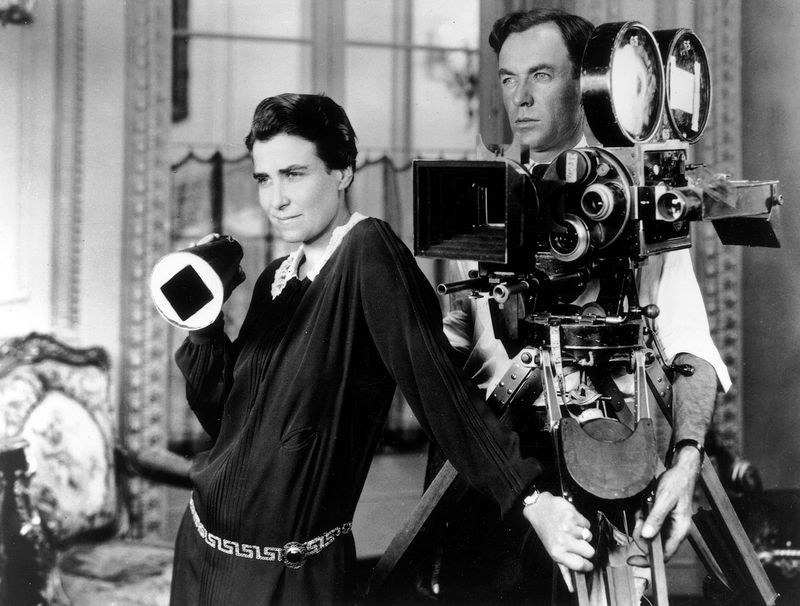
Movies have shaped our world for over a century, but for most of that time, men called the shots behind the camera. Despite many obstacles, women directors have created groundbreaking films that challenged Hollywood’s rules. These visionary filmmakers didn’t just make great movies – they opened doors for future generations and changed how stories get told on the big screen.
1. Alice Guy-Blaché: Cinema’s First Female Voice
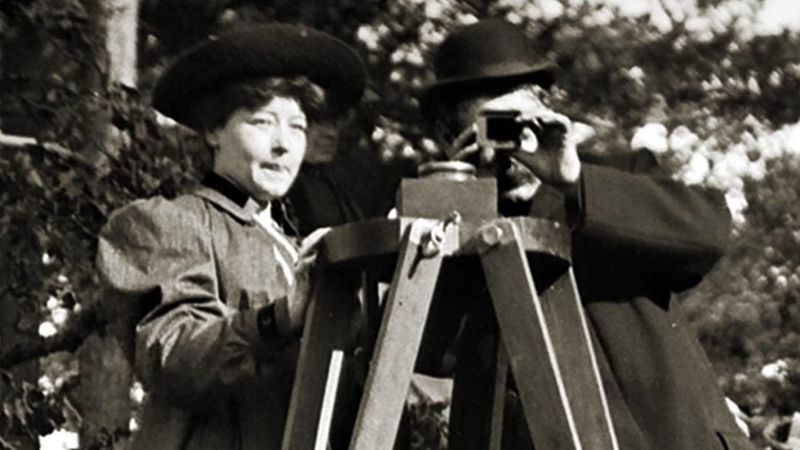
Before Charlie Chaplin or D.W. Griffith picked up a camera, Alice Guy-Blaché was already making movie magic. In 1896, this French pioneer created one of the first narrative films ever made, at a time when movies were just moving pictures without stories.
Guy-Blaché didn’t stop there. She directed over 1,000 films and founded her own movie studio, Solax, in America. Her films experimented with sound, color, and special effects when most filmmakers were still figuring out the basics.
Her groundbreaking work was nearly erased from history until film scholars rediscovered her contributions in the 1970s. This remarkable woman wasn’t just the first female director – she was one of cinema’s original visionaries who helped transform film into an art form.
2. Dorothy Arzner: Hollywood’s Lone Woman Director
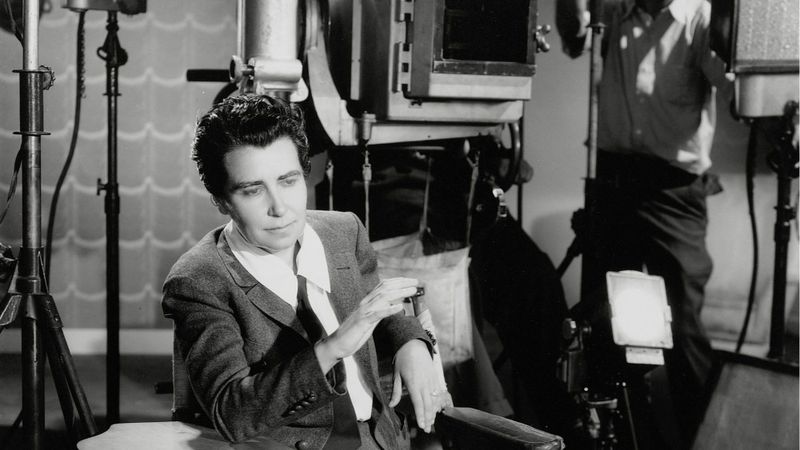
With her trademark tailored suits and no-nonsense attitude, Dorothy Arzner commanded respect in 1930s Hollywood when no other woman was allowed in the director’s chair. As the only female director working in the studio system during the Golden Age, she refused to be intimidated in an aggressively male profession.
Necessity sparked her greatest innovation – the boom microphone. When actors struggled with stationary microphones during a musical scene, Arzner attached a mic to a fishing pole, revolutionizing sound recording forever.
Her career spanned 17 features, including work with legends like Katharine Hepburn and Lucille Ball. Arzner’s films subtly challenged gender norms, featuring independent female characters with ambitions beyond marriage at a time when such portrayals were rare.
3. Agnès Varda: The Grandmother of French New Wave
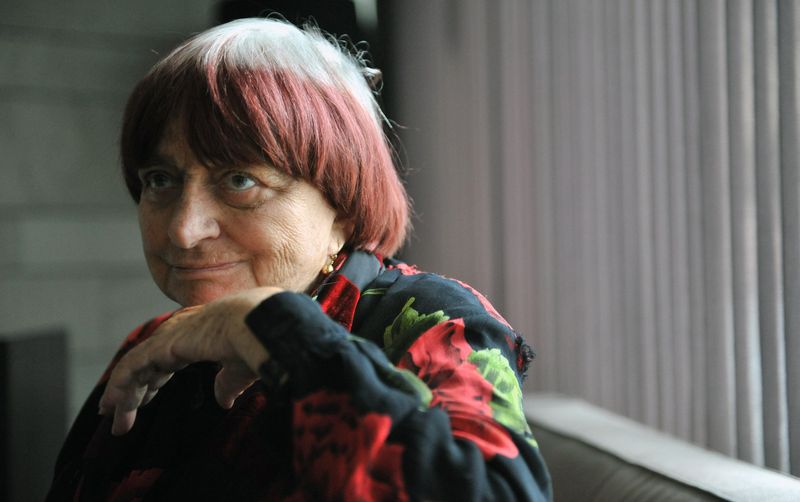
With her iconic bowl haircut and colorful clothes, Agnès Varda brought a distinctly feminine perspective to filmmaking decades before the term “female gaze” existed. Her 1955 debut, “La Pointe Courte,” arrived years before the official French New Wave movement, earning her the nickname “Grandmother of the New Wave” despite being younger than her male counterparts.
Varda’s camera moved fluidly between fiction and documentary, often blurring the lines between both. Her films celebrated ordinary people – fishermen, drifters, gleaners – with extraordinary compassion.
Working consistently from the 1950s until her death in 2019, Varda remained creatively fearless well into her 80s. Her distinctive visual style paired poetic imagery with social commentary, creating an influential body of work that feels both politically urgent and deeply personal.
4. Leni Riefenstahl: Controversial Technical Genius
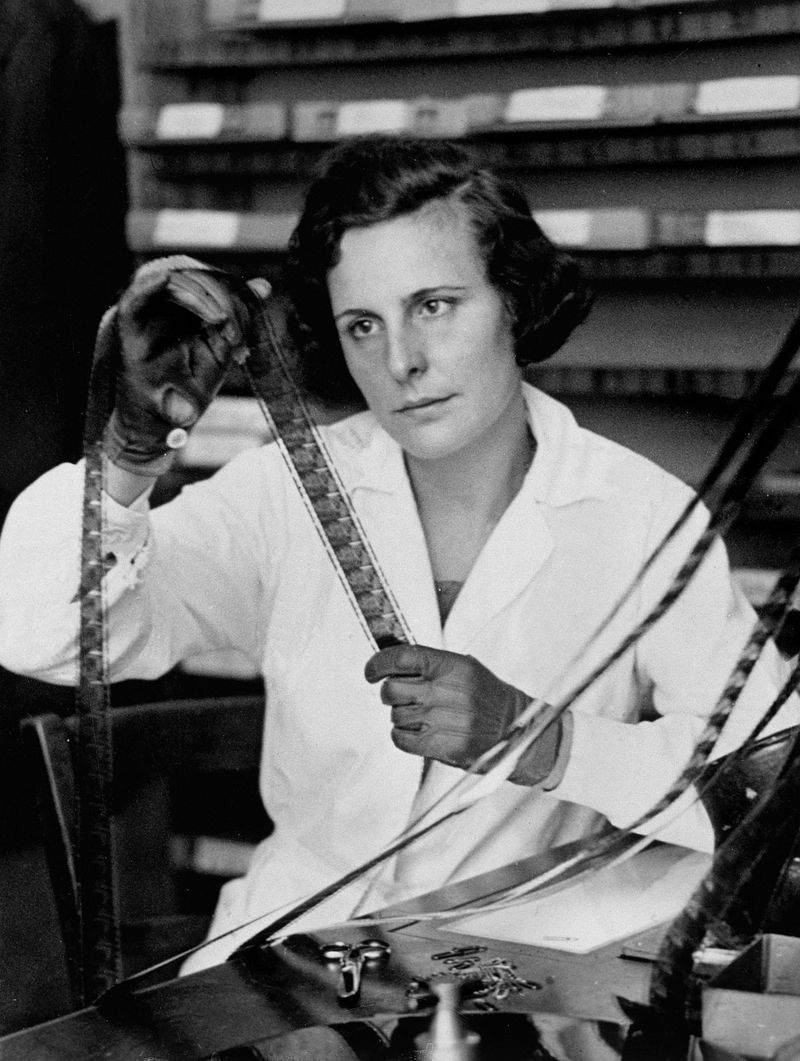
Few filmmakers inspire more complicated discussions than Leni Riefenstahl. Her Nazi propaganda films like “Triumph of the Will” (1935) served Hitler’s regime while simultaneously revolutionizing documentary techniques that directors still study today.
Riefenstahl pioneered methods that transformed how films could capture massive events. Her innovations included aerial photography, moving cameras on tracks, long-focus lenses to compress space, and underwater filming techniques – all executed with stunning technical precision.
Her post-war career never recovered from her Nazi associations, despite her claims of political naivety. Riefenstahl’s legacy remains a troubling paradox: her technical brilliance forever tainted by her willingness to place extraordinary talent in service of evil. Her story serves as a stark reminder that artistic innovation without moral consideration can lead to dangerous places.
5. Lina Wertmüller: Breaking Oscar’s Gender Barrier
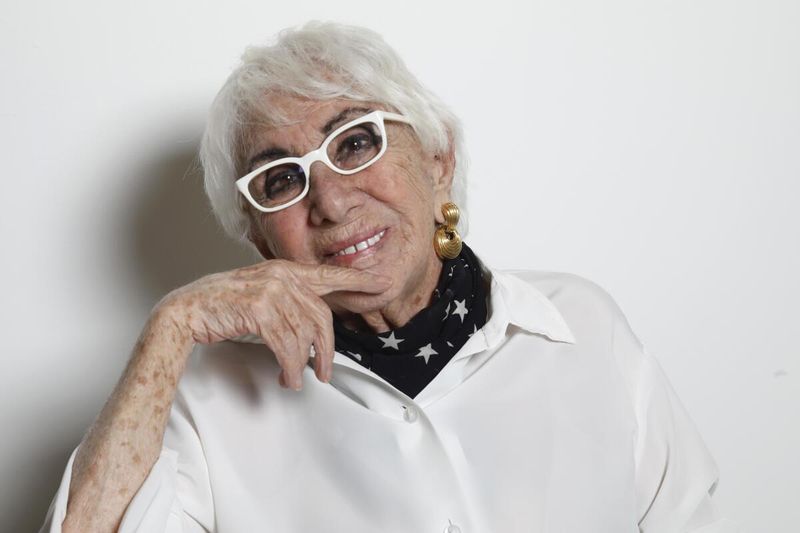
With her trademark white-framed glasses and unapologetically provocative films, Lina Wertmüller shattered Oscar’s glass ceiling in 1977. Her film “Seven Beauties” made her the first woman ever nominated for Best Director, a breakthrough moment that took nearly 50 years for the Academy to acknowledge female directorial talent.
The Italian filmmaker specialized in political satires that combined comedy with biting social critique. Her movies fearlessly tackled fascism, class struggle, and gender politics through stories filled with outrageous characters and visual flair.
Wertmüller’s films often featured her muse, actor Giancarlo Giannini, in roles that explored masculine identity in crisis. Despite her groundbreaking nomination, Hollywood didn’t nominate another woman for Best Director until Jane Campion in 1994 – showing just how ahead of her time Wertmüller truly was.
6. Jane Campion: Master of Psychological Landscapes
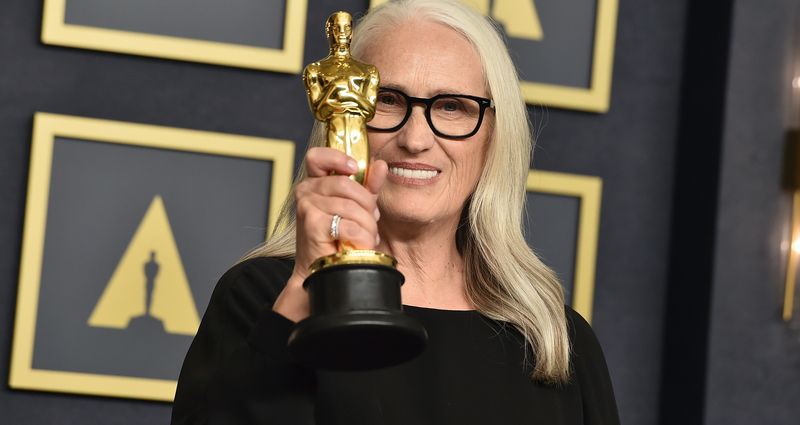
The haunting piano notes on a New Zealand beach in “The Piano” announced Jane Campion as a directorial force unlike any other. That 1993 film earned her the Palme d’Or at Cannes – the first for any female director – and began a career defined by stories where landscapes mirror psychological states.
Campion’s characters navigate desire, power, and vulnerability in films that reject traditional male perspectives. Her camera lingers on moments other directors might skip – small gestures, awkward silences, fleeting expressions – revealing inner emotional worlds with extraordinary sensitivity.
After a 12-year break from feature films, Campion returned triumphantly with “The Power of the Dog” (2021), finally winning the Best Director Oscar that had eluded her decades earlier. Her patient, deliberate filmmaking proves that artistic persistence can overcome even Hollywood’s most entrenched gender biases.
7. Julie Dash: Independent Cinema Pioneer
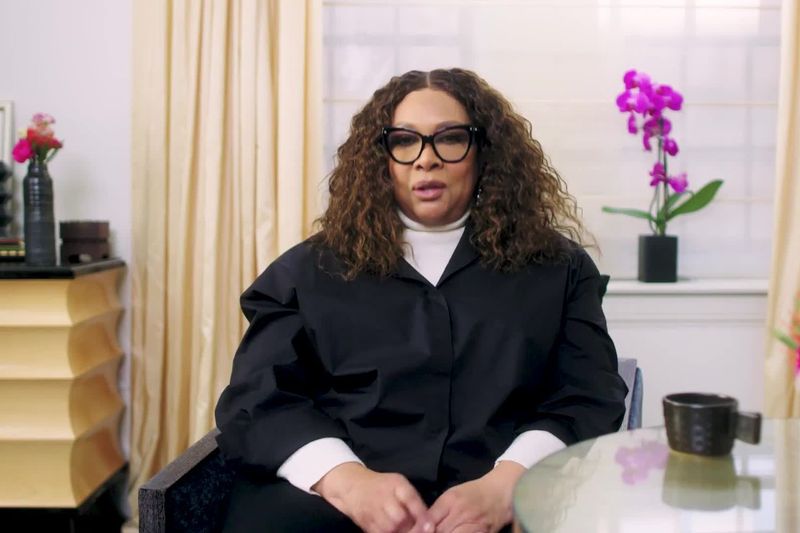
In 1991, Julie Dash made history with “Daughters of the Dust,” the first feature film directed by an African American woman to receive nationwide theatrical distribution. Set in 1902, this visually stunning film follows three generations of Gullah women on a South Carolina sea island as they prepare to migrate north.
Dash rejected Hollywood’s conventional storytelling, creating a dreamlike narrative that flows like memory itself. Her film celebrates Black women’s experiences through lush visuals, poetic dialogue, and authentic cultural details rarely seen on screen before.
Though criminally underrecognized at release, Dash’s masterpiece found new appreciation when Beyoncé’s visual album “Lemonade” featured imagery clearly inspired by her pioneering work. Dash proved that Black women’s stories deserved cinematic treatment of the highest artistic caliber, opening doors for generations of filmmakers who followed.
8. Kathryn Bigelow: Action Cinema Revolutionist
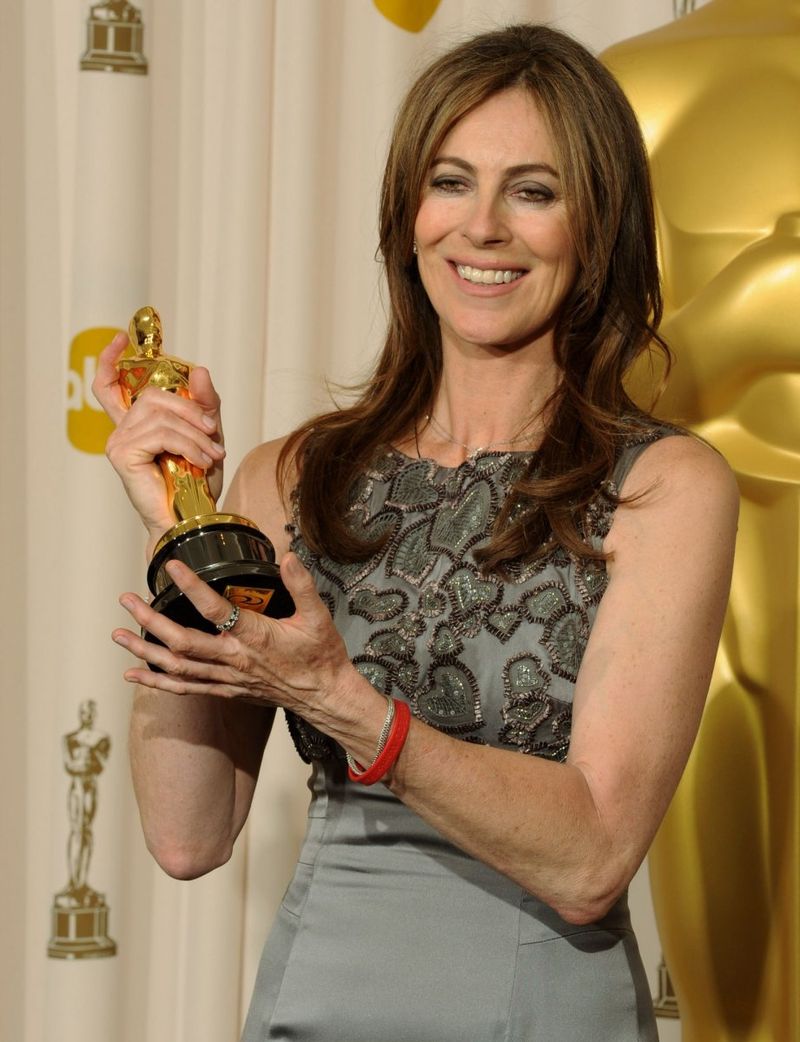
Kathryn Bigelow demolished the notion that women can’t direct action films. Her adrenaline-fueled movies like “Point Break” and “Strange Days” combined heart-pounding thrills with psychological depth long before her historic Oscar win.
In 2010, her Iraq War film “The Hurt Locker” earned her the Academy Award for Best Director – making her the first and still only woman to win this honor. Bigelow’s camera puts viewers directly into intense situations, creating visceral experiences that make audiences feel physically present in the action.
Unlike many male directors who glorify violence, Bigelow explores its psychological consequences while still delivering kinetic excitement. Her success in traditionally masculine genres proved that directorial vision transcends gender, though Hollywood still struggles to offer women equal opportunities with big-budget action films.
9. Ava DuVernay: Justice Through Storytelling
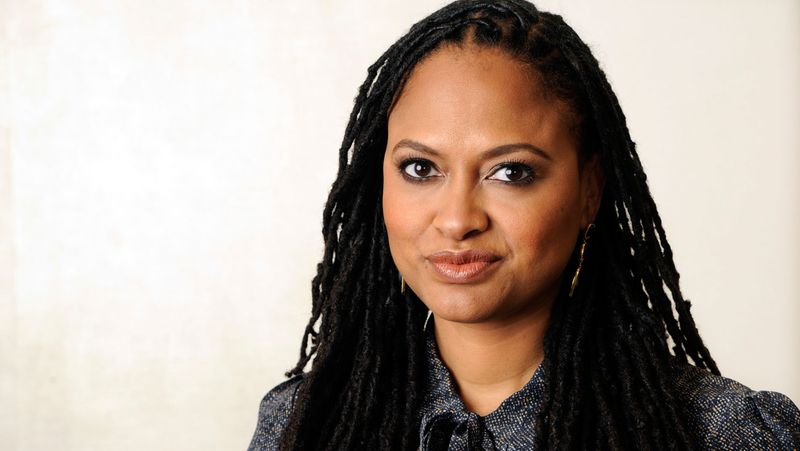
Ava DuVernay began her film career at age 32, proving it’s never too late to change cultural conversations through cinema. Her breakthrough film “Selma” (2014) made her the first Black woman to direct a Best Picture Oscar nominee, bringing Martin Luther King Jr.’s voting rights march to vivid life.
DuVernay consistently chooses projects that illuminate racial injustice. Her documentary “13th” exposed connections between slavery and mass incarceration, while her miniseries “When They See Us” powerfully reclaimed the narrative of the wrongfully convicted Central Park Five.
Beyond her own acclaimed work, DuVernay founded ARRAY, a distribution company dedicated to amplifying films by women and people of color. Her commitment to changing both what stories get told and who gets to tell them has made her one of contemporary cinema’s most important voices.
10. Greta Gerwig: Indie Darling to Box Office Queen
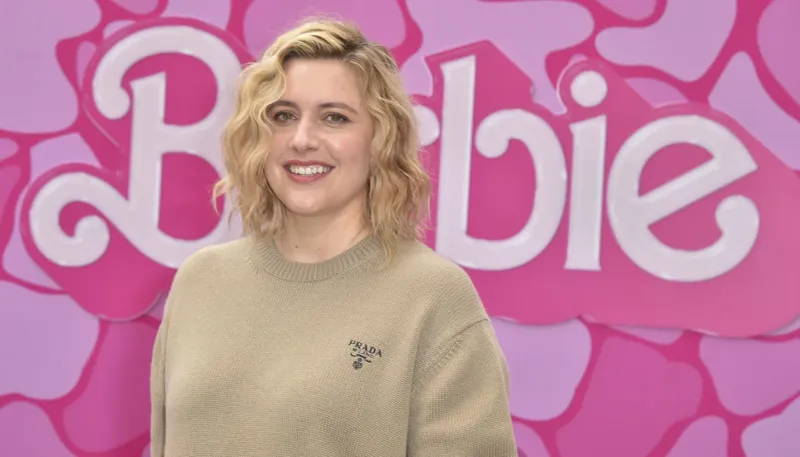
From mumblecore actress to billion-dollar director, Greta Gerwig’s career represents one of Hollywood’s most remarkable evolutions. Her solo directorial debut “Lady Bird” (2017) captured teenage girlhood with such authenticity that it became one of the most critically acclaimed films of the 21st century.
Gerwig continued challenging expectations with her adaptation of “Little Women,” reimagining the classic novel’s structure while maintaining its emotional core. Then came “Barbie” (2023) – a pink plastic Trojan horse that delivered feminist commentary while becoming the highest-grossing film ever directed by a woman.
Throughout her work, Gerwig maintains a distinct voice: characters speak in rapid-fire dialogue that feels both naturalistic and poetic. Her films celebrate female ambition and creativity while acknowledging the societal constraints that complicate women’s journeys toward self-determination.
11. Chloé Zhao: Poetic Naturalist
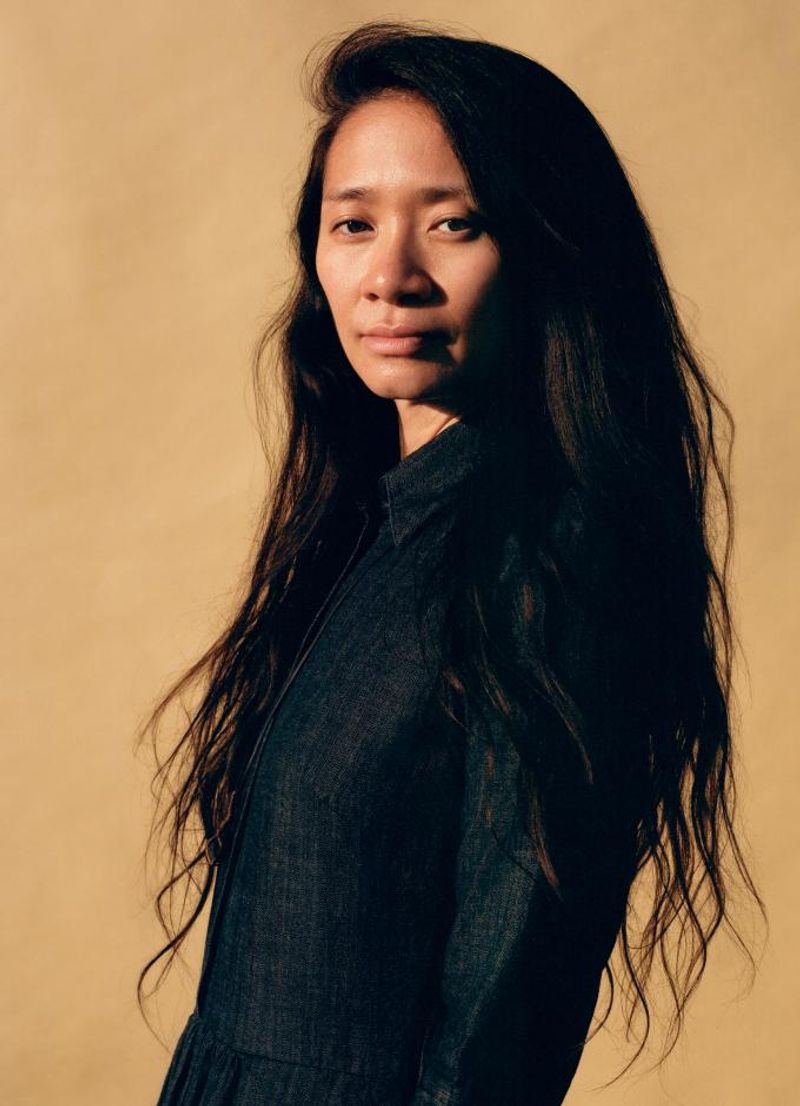
The vast American landscapes in Chloé Zhao’s films aren’t just beautiful backdrops – they’re characters themselves. Her breakthrough film “The Rider” featured real-life rodeo performers essentially playing versions of themselves, blurring lines between documentary and fiction in ways that feel revolutionary.
Zhao’s quiet masterpiece “Nomadland” earned her the Academy Award for Best Director in 2021, making her the first woman of color and only the second woman ever to win this honor. Her signature approach combines non-professional actors, natural lighting, and twilight-hour cinematography to create moments of breathtaking authenticity.
Born in Beijing but capturing quintessentially American stories, Zhao brings an outsider’s perspective that reveals overlooked aspects of American life. Her ability to move between independent films and Marvel blockbusters (“Eternals”) demonstrates how distinctive directorial voices can transform even the most commercial filmmaking.
12. Sofia Coppola: Mistress of Melancholy
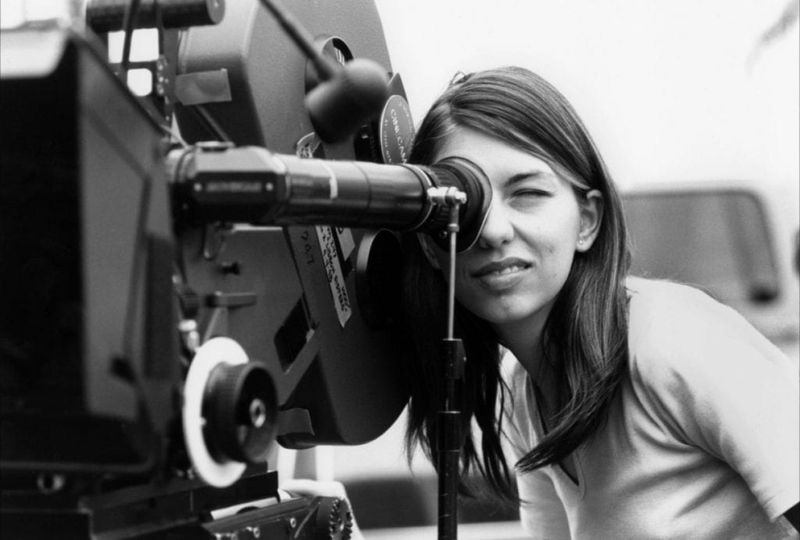
Sofia Coppola transforms feelings of isolation into visual poetry. Her directorial debut “The Virgin Suicides” established her distinctive aesthetic: dreamy visuals, pitch-perfect music choices, and characters trapped in beautiful but suffocating worlds.
Coming from Hollywood royalty as Francis Ford Coppola’s daughter, she carved her own artistic identity with “Lost in Translation” (2003). That film earned her an Oscar nomination for Best Director – only the third woman ever recognized in the category – and won her the Oscar for Best Original Screenplay.
Coppola’s camera lingers on meaningful glances and quiet moments that reveal inner emotional states. Her films often explore privileged but unhappy characters – from Marie Antoinette to Hollywood celebrities – finding universal feelings of disconnection even in lives of extraordinary privilege. Few directors capture female ennui with such visual splendor.
13. Mira Nair: Bridge Between Worlds
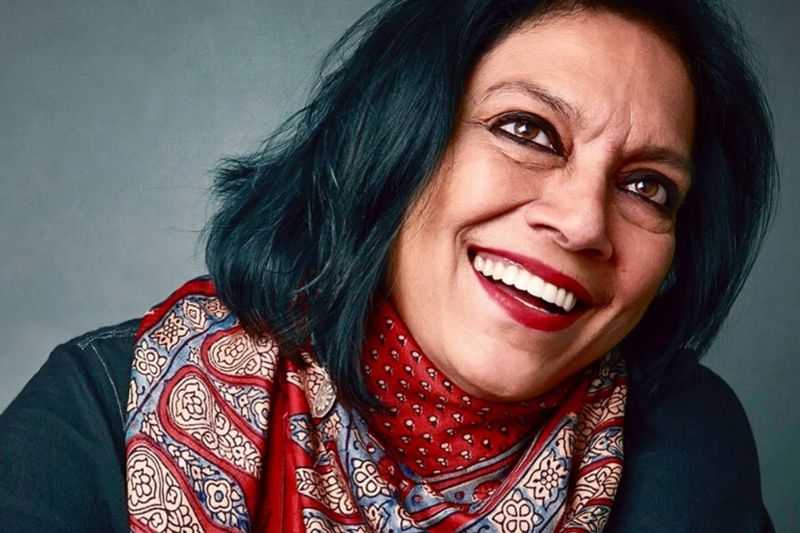
Mira Nair’s films dance between cultures with vibrant energy. Her breakthrough “Salaam Bombay!” (1988) became just the second Indian film ever nominated for an Oscar for Best Foreign Language Film, capturing street children’s lives with unflinching honesty.
Nair’s international hit “Monsoon Wedding” transformed a chaotic Delhi family celebration into a universal story that delighted audiences worldwide. Her camera embraces color, movement, and sensory details – you can almost smell the marigolds and feel the rain in her most memorable scenes.
Throughout her career, Nair has refused simplistic portrayals of India or immigrant experiences. Films like “The Namesake” explore cultural identity with nuance rarely seen in mainstream cinema. By bringing authentic South Asian stories to global audiences without watering them down, Nair has expanded what kinds of stories Hollywood considers universal.
14. Deepa Mehta: Courageously Confronting Taboos

Deepa Mehta’s most famous works literally sparked riots. Her Elements Trilogy – “Fire,” “Earth,” and “Water” – tackled subjects so controversial that Hindu fundamentalists destroyed her sets and threatened her life, forcing her to complete “Water” secretly in Sri Lanka.
“Fire” (1996) broke ground as one of the first Indian films to portray same-sex relationships between women. “Earth” examined the violent partition of India through the eyes of a child. “Water” exposed the cruel treatment of widows in traditional Hindu society.
Born in India but based in Canada, Mehta creates visually stunning films that challenge cultural taboos with unflinching honesty. Her willingness to face extreme opposition to tell important stories demonstrates extraordinary artistic courage. Through beautiful cinematography and compelling characters, Mehta transforms difficult subjects into deeply moving cinema.
15. Haifaa al-Mansour: Saudi Cinema Pioneer
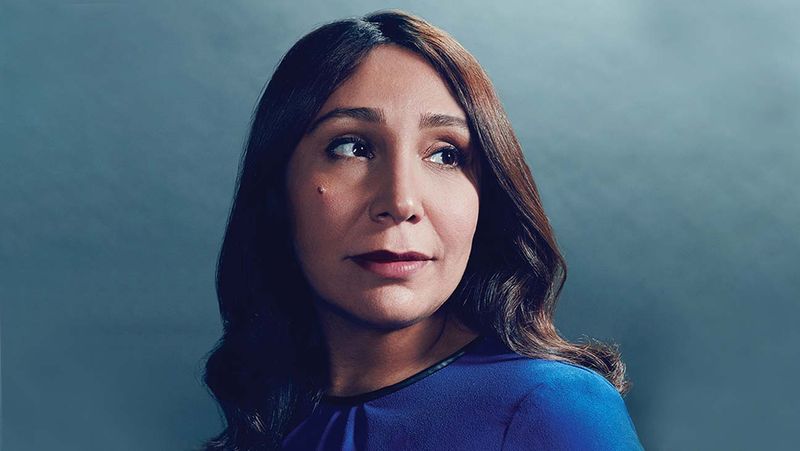
Haifaa al-Mansour made her first film hiding in the back of a van, directing scenes via walkie-talkie because women couldn’t be seen working in public in Saudi Arabia. Her 2012 film “Wadjda” – about a young girl who wants to ride a bicycle in a culture where girls aren’t supposed to – became the first feature film ever shot entirely in Saudi Arabia.
As the country’s first female filmmaker, al-Mansour broke barriers just by picking up a camera. Her work subtly challenges gender restrictions through seemingly simple stories that reveal deeper cultural contradictions.
Al-Mansour’s international success helped change perceptions of what’s possible for women in conservative societies. When Saudi Arabia finally lifted its 35-year ban on movie theaters in 2018, her pioneering work had already laid the groundwork for a new generation of Saudi filmmakers to tell their own stories.
16. Claire Denis: Sensual Cinema Visionary
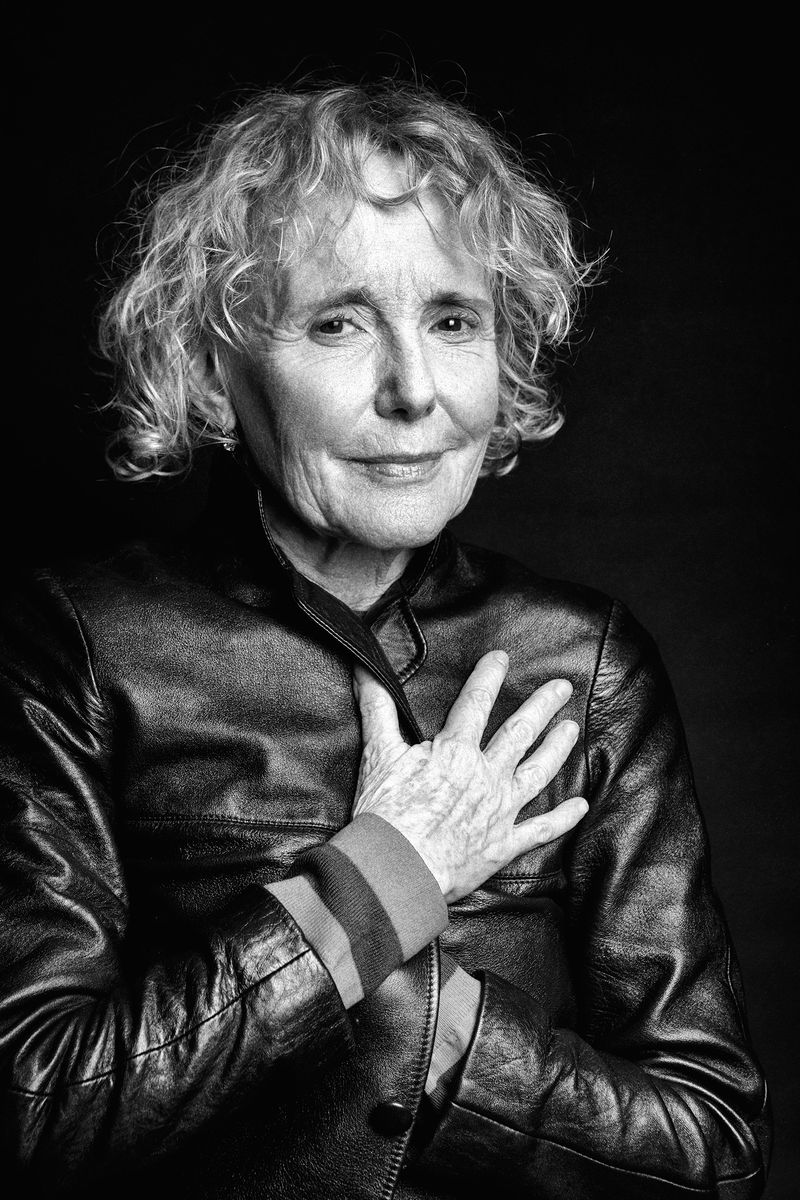
Claire Denis doesn’t make movies about what people say – she makes movies about how bodies move through space. Her masterpiece “Beau Travail” features Foreign Legion soldiers performing balletic training exercises in the desert heat, creating one of cinema’s most mesmerizing explorations of masculinity and desire.
Born in Paris but raised in colonial Africa, Denis brings a unique perspective to stories about cultural outsiders and power dynamics. Her films often feature minimal dialogue, instead building meaning through physical presence, texture, and atmosphere.
Denis began directing at age 40 after working as assistant director to filmmakers like Jim Jarmusch and Wim Wenders. Her late-career start didn’t stop her from becoming one of world cinema’s most celebrated auteurs. Films like “High Life” and “Both Sides of the Blade” prove her artistic fearlessness continues well into her 70s.
17. Emerald Fennell: Candy-Colored Revenge

Emerald Fennell’s “Promising Young Woman” arrived like a poisoned cupcake – deceptively sweet packaging containing something much darker inside. This 2020 revenge thriller used pink aesthetics and pop music to lure viewers into a devastating examination of rape culture that left audiences both entertained and disturbed.
Fennell won the Academy Award for Best Original Screenplay for her directorial debut, announcing a bold new voice in cinema. Her follow-up “Saltburn” continued her exploration of class, power, and twisted relationships with equally provocative style.
Before directing, Fennell was known for acting (“The Crown”) and as head writer for “Killing Eve.” Her background in performance gives her work particular strength in character development. Fennell’s films feature morally complex protagonists navigating worlds where traditional concepts of good and evil feel inadequate for addressing modern ethical dilemmas.
18. Céline Sciamma: Master of the Female Gaze
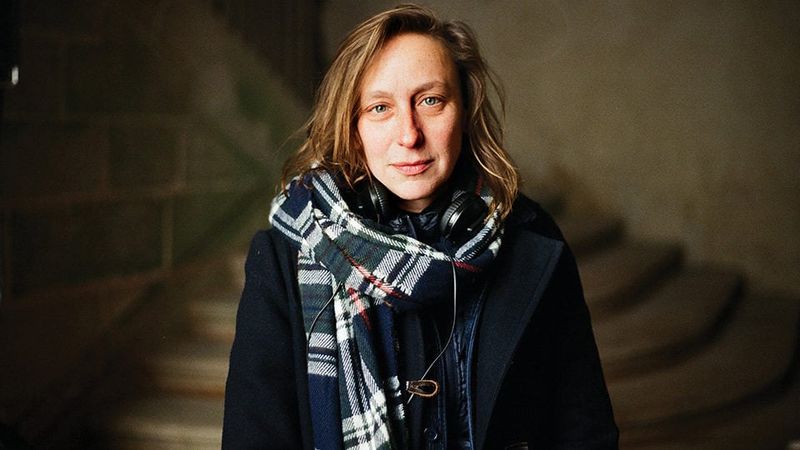
Céline Sciamma’s camera doesn’t just show women – it sees through their eyes. Her international breakthrough “Portrait of a Lady on Fire” reimagined what desire looks like on screen when filtered through female perspective rather than male fantasy.
Set in 18th century France, this love story between a painter and her subject created new visual language for desire: lingering glances across rooms, hands briefly touching, the act of seeing and being seen as the ultimate intimacy. Sciamma’s earlier films like “Water Lilies” and “Girlhood” similarly explored female coming-of-age with extraordinary sensitivity.
Sciamma rejects manipulative musical scores and excessive dialogue, creating space for viewers to fully inhabit emotional moments. Her commitment to authentic representation extends behind the camera – she champions gender parity in film crews and fights for equal pay for women directors.
19. Sarah Polley: From Child Star to Fearless Filmmaker
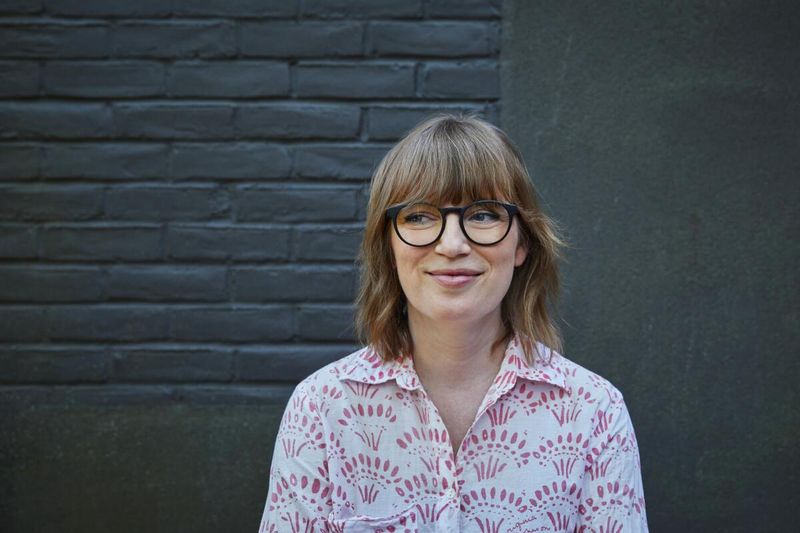
Sarah Polley grew up in front of cameras as a child actress before stepping behind them to tell stories other directors wouldn’t touch. Her documentary “Stories We Tell” bravely examined her own family’s secrets, blurring boundaries between truth and memory in revolutionary ways.
Polley’s adaptation of “Women Talking” brought Miriam Toews’ novel about women in an isolated religious colony responding to sexual abuse to unflinching life. The film earned her an Academy Award for Best Adapted Screenplay and tackled one of cinema’s most difficult subjects without exploitation or simplistic answers.
Having experienced the darker sides of the film industry as a child performer, Polley brings particular sensitivity to stories about power imbalances and trauma. Her films create safe spaces for difficult conversations while never sacrificing artistic quality or emotional impact.
20. Nora Ephron: Queen of Smart Romance
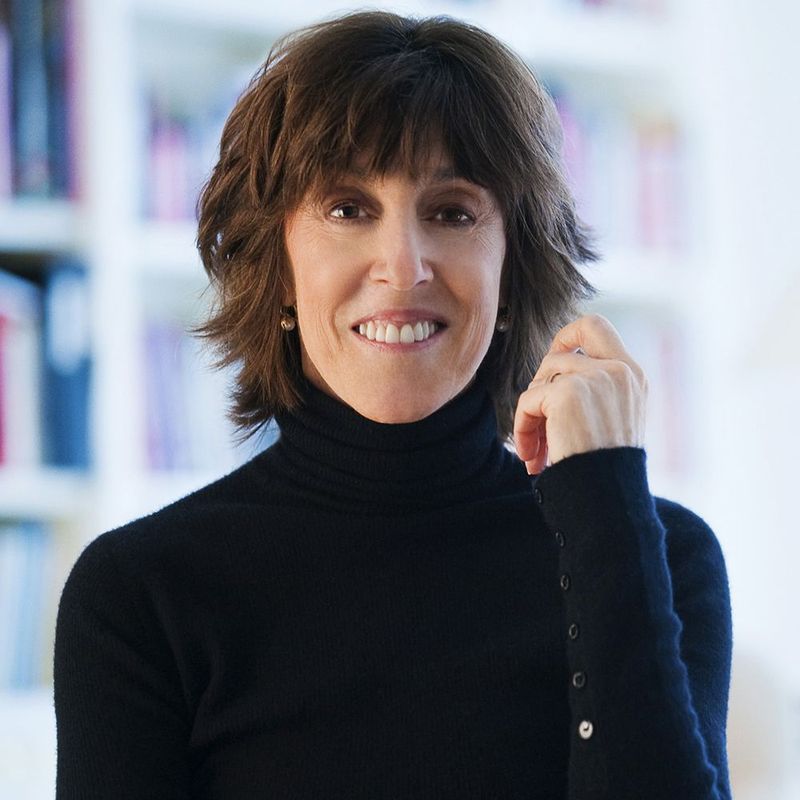
“I’ll have what she’s having.” With that legendary line from “When Harry Met Sally,” Nora Ephron proved that romantic comedies could be both intelligent and commercially successful. Though best known as a screenwriter, Ephron directed classics like “Sleepless in Seattle” and “You’ve Got Mail” that redefined the rom-com genre.
Ephron brought sharp wit and emotional honesty to stories about modern relationships. Her films featured strong female characters with real careers and inner lives beyond their romantic plotlines – revolutionary for Hollywood romantic comedies in the 1990s.
Before filmmaking, Ephron was a respected journalist and essayist known for her humor and observational skills. This background gave her movies their distinctive conversational quality and cultural awareness. Her work proved that “women’s stories” could become beloved cultural touchstones for audiences of all genders.

Comments
Loading…